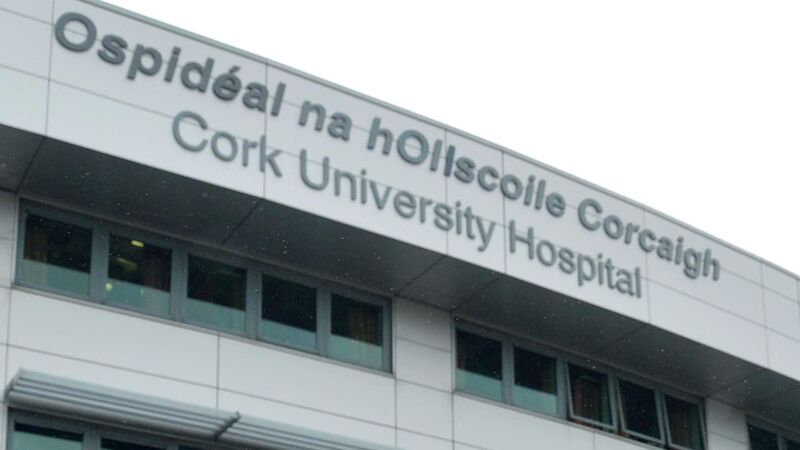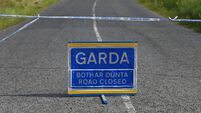Cork University Hospital reported inconsistent data regarding number of patients on trolleys

The hospital confirmed to the auditors that the 16 trolley spaces on its wards were not included in data provided to the HSE nationally, and that those trolleys did not meet the definition of 'an appropriate bed space'. Picture: Denis Minihane
Cork University Hospital (CUH) was found to be reporting inconsistent data in terms of the number of patients on trolleys following an internal audit of its emergency department (ED) last summer.
The audit, aimed at verifying the reliability of the hospital’s ED and waiting time data, was conducted in mid-June and found a discrepancy between the official trolley data being delivered to the HSE and a background analysis report of the situation.















